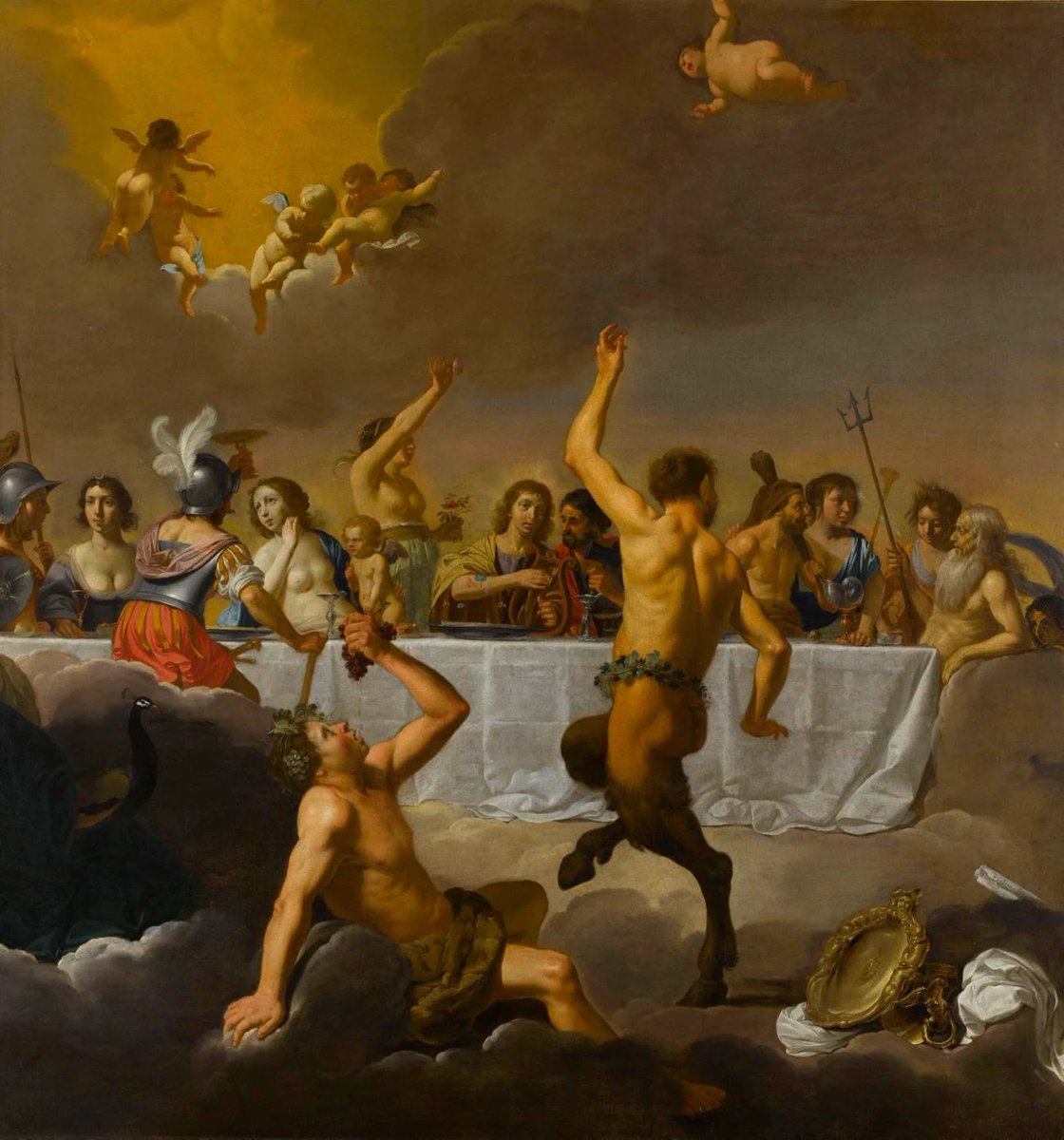Someone just alerted me to this @guardian article from January about a *big 5 yearly UN report!* on material extraction.
The @guardian singles out cobalt and electric vehicles.
But look at this graph from the report!
WTF is going on here?
I must do a 🧵
theguardian.com/environment/20…

The @guardian singles out cobalt and electric vehicles.
But look at this graph from the report!
WTF is going on here?
I must do a 🧵
theguardian.com/environment/20…

I have a love-hate relationship with the @guardian.
😍
I recently contributed to an impeccably researched series.
😡
Last year they did a hit piece on EVs, again using the material use angle, that cited figures a 1000x too large!
😍
I recently contributed to an impeccably researched series.
😡
Last year they did a hit piece on EVs, again using the material use angle, that cited figures a 1000x too large!
https://twitter.com/AukeHoekstra/status/1618171683977977856
As usual the @guardian refuses to link to the original report, but it can be found here:
The article uses the attached pick of a cobalt mine in Congo to set the scene🤔
And it complains EVs use 10x more critical raw materials than ICE cars 🤬 wedocs.unep.org/handle/20.500.…

The article uses the attached pick of a cobalt mine in Congo to set the scene🤔
And it complains EVs use 10x more critical raw materials than ICE cars 🤬 wedocs.unep.org/handle/20.500.…

@guardian But what does the REPORT say about electric vehicles??
Uhm. That they are a great replacement for regular cars, although public transit and biking are even better.
100% in line with my message.
But. But.
How can EVs be SO important in the @guardian article then?
Good question.
Uhm. That they are a great replacement for regular cars, although public transit and biking are even better.
100% in line with my message.
But. But.
How can EVs be SO important in the @guardian article then?
Good question.

@guardian But what about the big picture?
Mining IS the big culprit right?
Nope. Wrong again.
About mining the report says:
"mining causes less than 1% or land-related (vs climate change related) biodiversity impacts and of that, coal causes 10x more impact than mining for renewables."
Mining IS the big culprit right?
Nope. Wrong again.
About mining the report says:
"mining causes less than 1% or land-related (vs climate change related) biodiversity impacts and of that, coal causes 10x more impact than mining for renewables."

@guardian And here is the entire big picture.
Mining of metals is not the big thing here.
And remember that renewables and electric vehicles require only a very small part of that metal.
If we can use that to replace bio-fuels and and fossil fuels we do the environment a BIG favor!
Mining of metals is not the big thing here.
And remember that renewables and electric vehicles require only a very small part of that metal.
If we can use that to replace bio-fuels and and fossil fuels we do the environment a BIG favor!

@guardian Instead (and as the graphs show) the report is mainly about biomass from agriculture and forestry.
Especially food. (Eat less meat!)
And fossil fuels.
Especially coal.
And do you know how often the @guardian article mentions ANY ONE of these words?
ZERO TIMES!
Especially food. (Eat less meat!)
And fossil fuels.
Especially coal.
And do you know how often the @guardian article mentions ANY ONE of these words?
ZERO TIMES!

@guardian Instead the article gives the impression that the report is about mining. Especially for electric vehicles and construction. It uses that as a scaffold to go on a rant against decoupling.
I think this is journalistic maleficence dear @guardian.
Please do better.
/end
I think this is journalistic maleficence dear @guardian.
Please do better.
/end
• • •
Missing some Tweet in this thread? You can try to
force a refresh

















